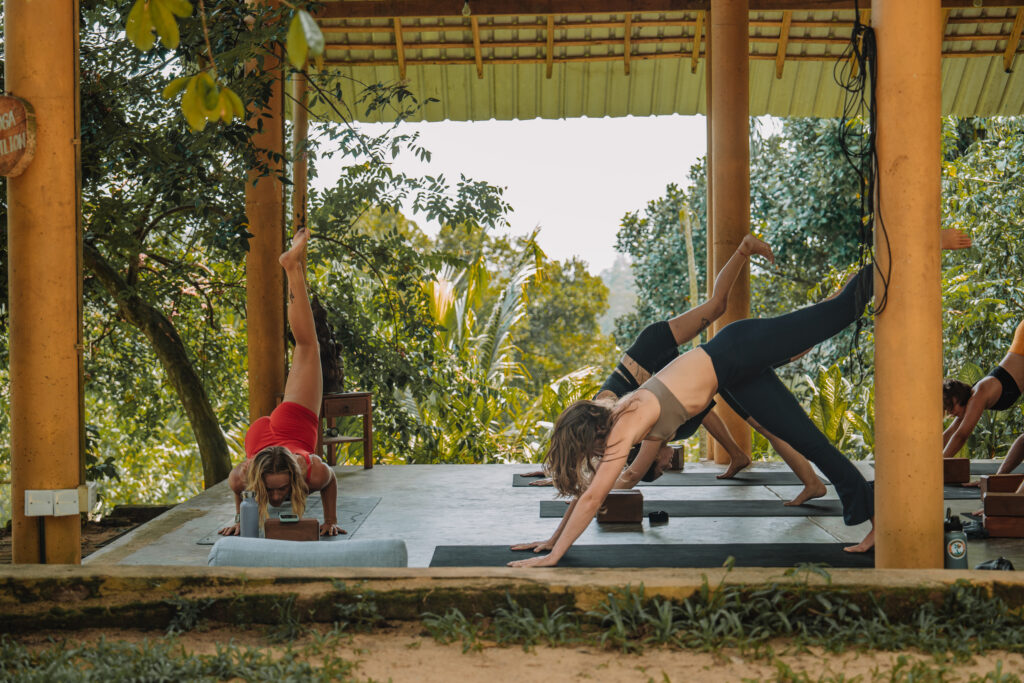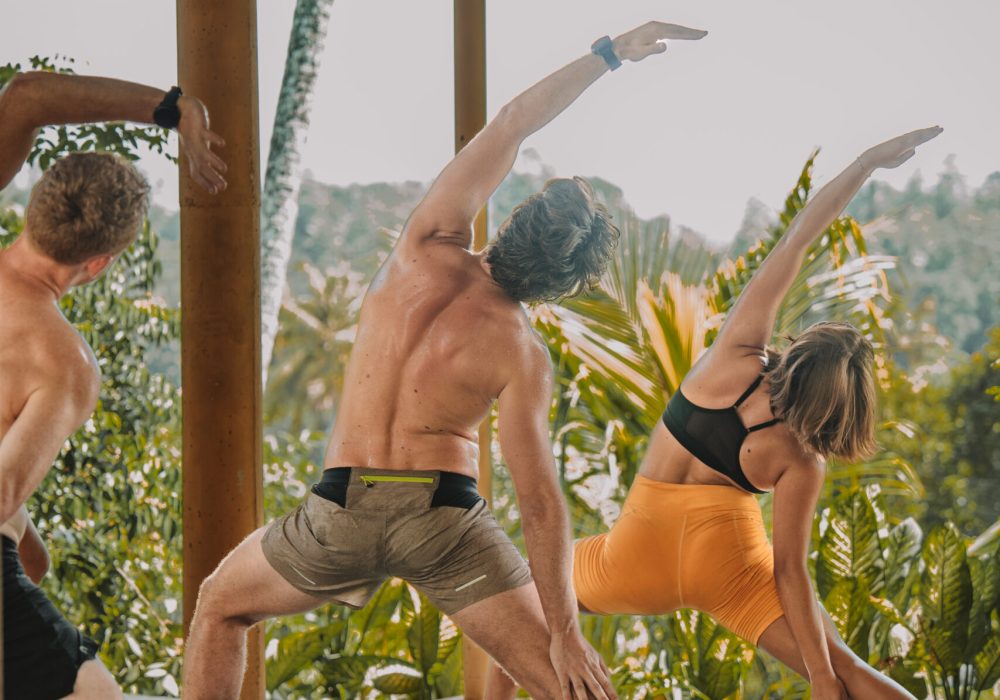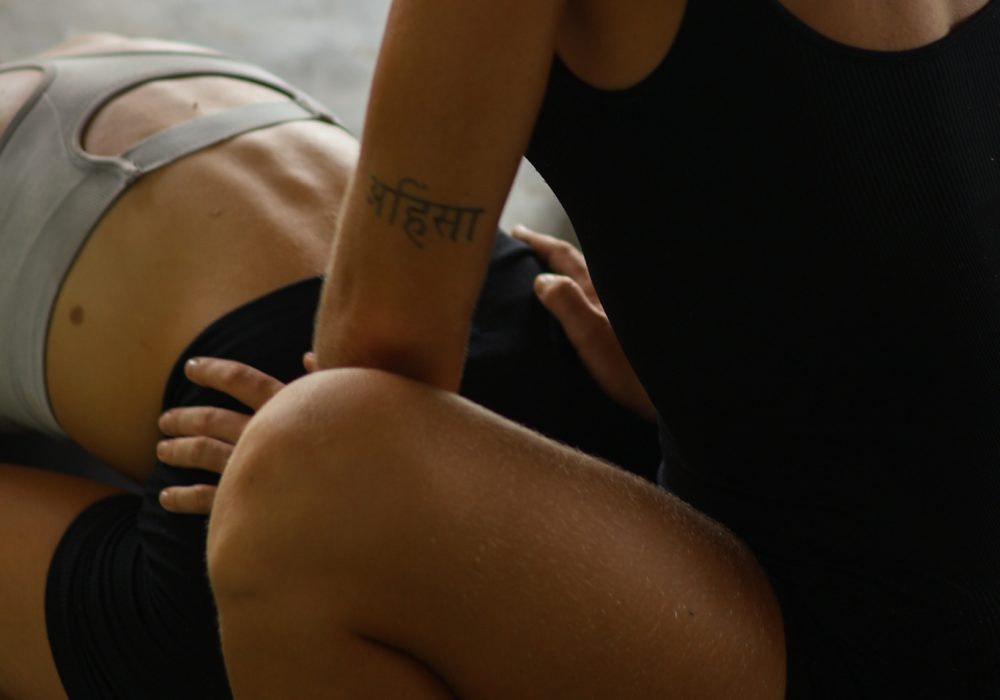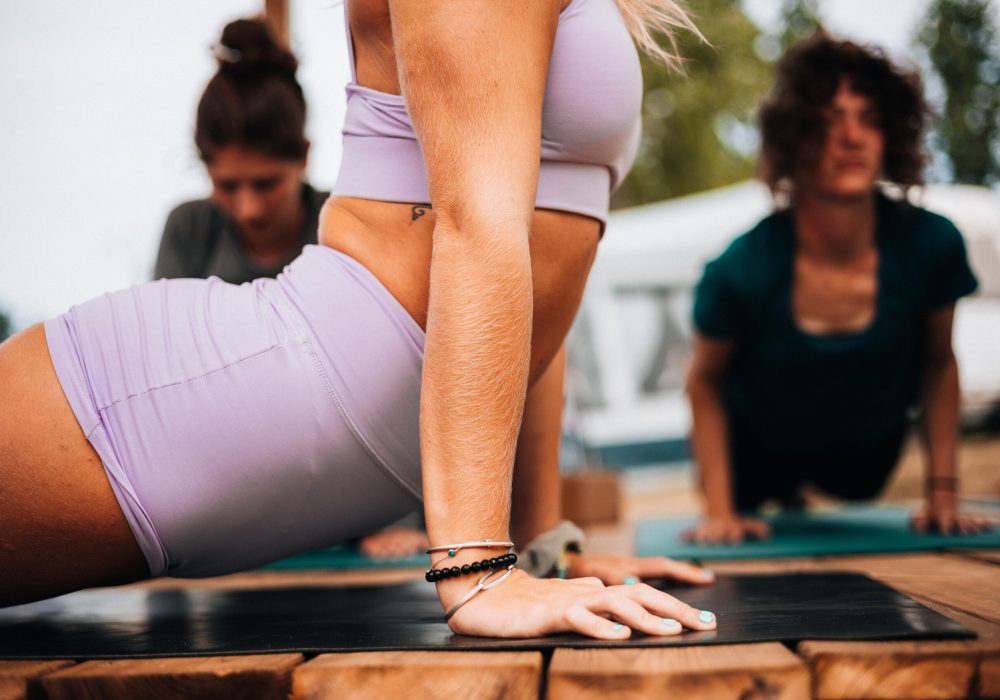There’s a moment I’ve seen a hundred times in teacher trainings: a student nailing the alignment cues they’ve memorised – but still unsure of what the pose is actually doing in their own body.
And I get it. Most teacher trainings barely scratch the surface of applied anatomy – and even fewer give students enough time to actually teach. Without enough practice teaching, real-time feedback, or space to explore what they’re learning, so many teachers leave feeling underprepared.
We’re often taught to teach yoga based on how it looks. But if we only teach from the outside in, we miss the magic – the deeper intelligence, the biomechanical brilliance, and the uniqueness of each body we’re guiding.
Here’s what I wish more yoga teachers really understood about the body – and why it can change everything about how you teach-
1. No two bodies will look the same in a pose - and they shouldn’t.
Every pelvis, spine, and femur is shaped differently. So chasing a “perfect” pose is a trap.
Instead, we can ask: What’s the function of this pose? What’s the intention behind it?
Teaching from that place allows us to be more inclusive, more adaptable, and more empowering.

2. Mobility isn’t flexibility. Strength isn’t stiffness.

Flexibility is about how far a joint can move passively – often limited by genetics or soft tissue.
Mobility, however, is your active range of motion — how much strength and control you have within a movement.
You can be flexible but unstable, or strong but restricted. True freedom in the body comes from active mobility – developing strength through range. It’s what helps you stabilise in transitions, move gracefully, and protect your joints long-term
3. Touch can change everything - when it’s intentional (and consensual)
A well-placed hand or a grounded assist can communicate more than a dozen cues- helping a student feel safe, supported, and embodied. But it’s not about “fixing” a shape.
Touch in yoga should always be consensual, clear, and purposeful. Used well, it can help students feel more in their bodies – not judged, corrected, or pushed

4. The nervous system is the foundation of the practice.

Alignment is important. But regulation is essential.
You can teach the most technically “correct” class- but if your students leave feeling overwhelmed, you’ve missed the point.
Through breath, rhythm, tone, music, and pacing, we can create practices that genuinely calm the system, restore balance, and help students feel safe enough to soften and grow
5. You don’t need to know everything — you just need to stay curious.
The best teachers I know don’t act like they have all the answers. They pay attention. They ask questions. They keep learning.
Rather than memorising scripts, they ask: What’s this pose doing in my body today? What am I feeling and what might my student be feeling?
Teaching from that place of inquiry- rather than assumption, creates a space that’s more responsive, inclusive, and alive

Final thoughts:
Teaching yoga isn’t about being perfect. It’s about being present.
When we understand the body, not just in theory, but in felt experience – we teach from a deeper place. One that’s grounded, adaptive, and truly transformative.
If this resonates with you and you want to deepen your understanding of the body in motion,


